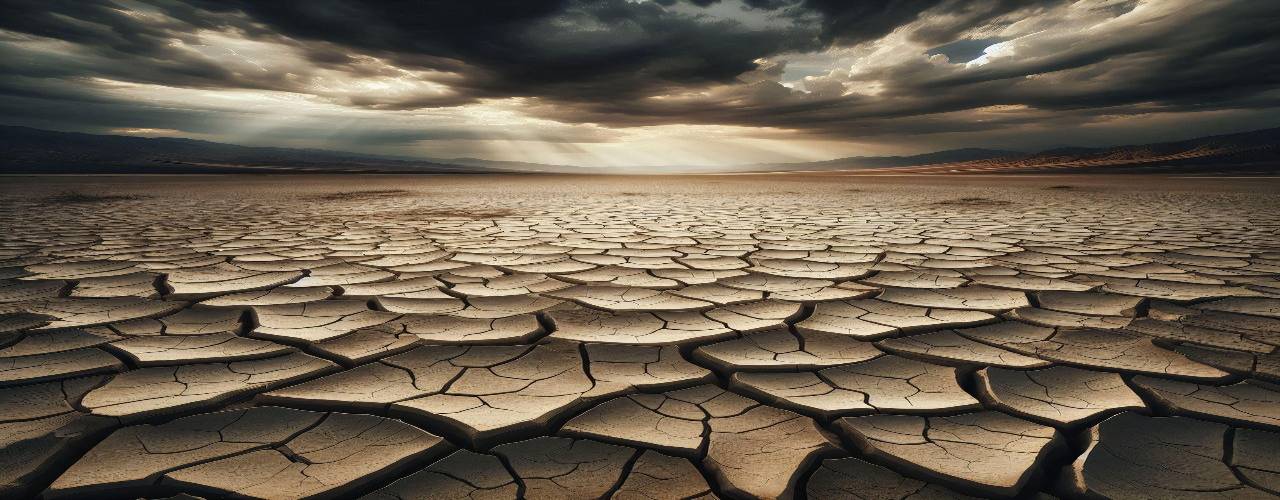Harmful dust from drying lakes: Preserving Great Salt Lake (USA) water levels decreases ambient dust and racial disparities in population exposure

Grinenski, S., Maillia, D., Collins, T., Araos, M., Lin, J., Anderegg, W., Perry, K., (2024). "Harmful dust from drying lakes: Preserving Great Salt Lake (USA) water levels decreases ambient dust and racial disparities in population exposure." One Earth, 7, 6. https://www.sciencedirect.com/science/article/abs/pii/S2590332224002495
Lake desiccation is a global problem associated with increased human water use and climate change. Like other drying lakes, Utah’s Great Salt Lake (GSL) is producing health-harming dust. We estimate social disparities in dust fine particulate matter (PM2.5) exposures based on four policy-relevant water-level scenarios. Dust PM2.5 exposures would increase as GSL levels drop (e.g., from 24.0 μg m−3 to 32.0 μg m−3). People of color and those with no high school diploma would experience disproportionately higher exposures (e.g., 28.4 μg m−3 for Pacific Islanders vs. 26.0 μg m−3 for Whites under very low lake levels). Racial/ethnic disparities would be reduced if GSL water levels rose. If the GSL vanished, racial/ethnic disparities between the highest and lowest exposed groups would be moderate (16.3%). If the GSL stabilized at healthy levels, those disparities would be smaller (7.9%). While all nearby residents face unhealthy dust exposures, findings reveal exposure disparities for socially disadvantaged groups.
